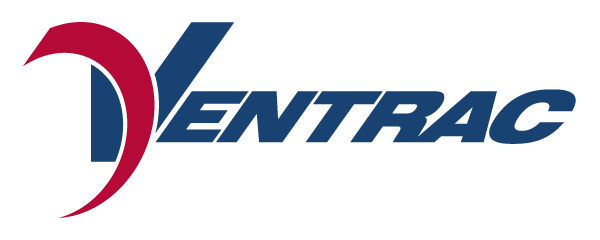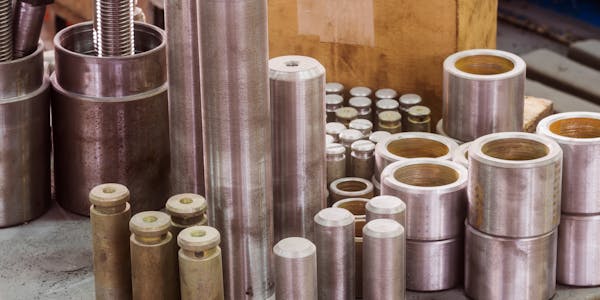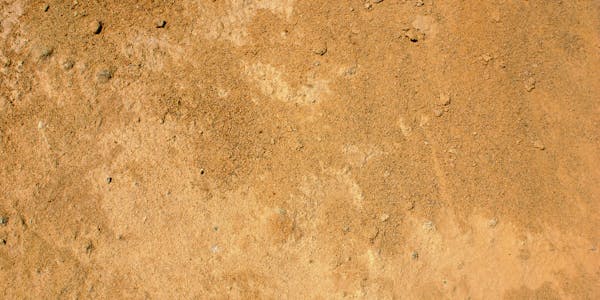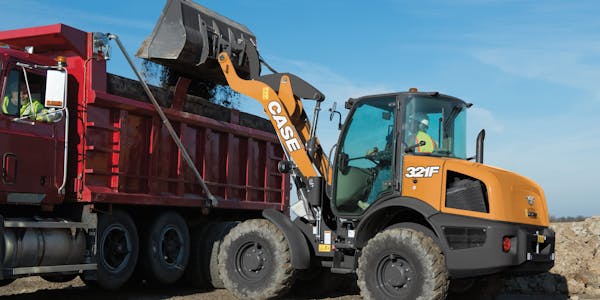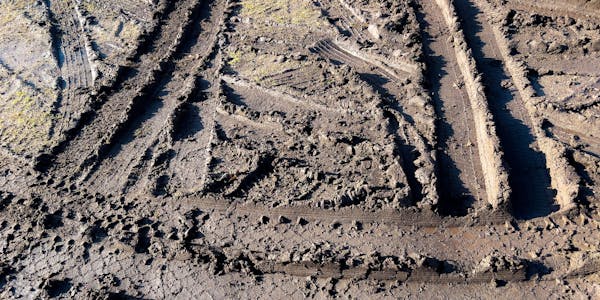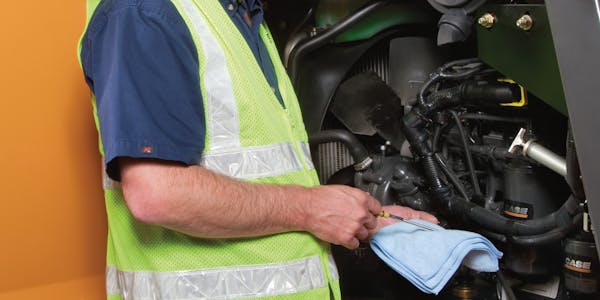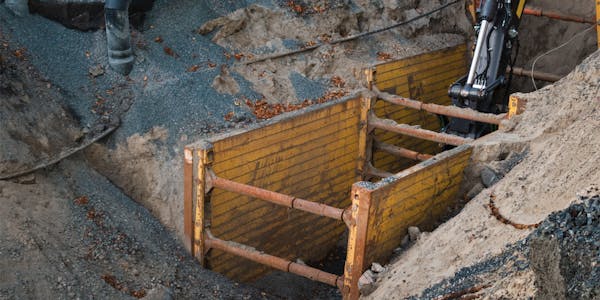Tips for Avoiding Wear on Pins and Bushings
Pins and bushings are often the first structural components that require maintenance. Depending on the material you're working in, like soil, rock, gravel, or pavement, how much you use the machine, and who the operator is, pins and bushings may wear slower or faster. We've put together several tips to help slow wear rates of pins and bushings on your tracked equipment.
Why should you care about pin and bushing wear?
Replacing a damaged pin and bushing can cost several hundred or a few thousand dollars. Plus, your equipment may need to be transported to an offsite workshop to complete the replacement, leading to costly downtime. If the worn pin or bushing has damaged the structural steel of the equipment, you might be faced with the cost of replacing the pin and bushing and the repair costs for line boring, welding, and refitting.
There are two primary ways to avoid pin and bushing wear and avoid these costs and downtime: lubrication and turning.
Ensure Proper Lubrication
Pins and bushings wear excessively when there's a lack of lubrication, and they don't wear evenly. The pin wears on the side that makes contact with the bushing and wears on the mating surface of its inner diameter. Worn pins and bushings lead to tracks' stretching (called pitching), which decreases the performance of the tracks and has negative impacts on the life of your undercarriage.
Most pins and bushings today have 'grease grooves' on the inner diameter where lubricants form a film layer for the pin to rotate on. Adding lubricant at the intervals recommended by the manufacturer slow wear rates and help purge contaminants from the bushing by forcing out foreign materials from the grooves.
Pin and Bushing Turning
In order to avoid pitching, pins and bushings can be regularly turned, so the wear side is not along the side that makes contact with other components. The pin and bushing turning provides new surfaces to working areas both internally and externally. By bringing new surfaces to working areas, the wear for the difference in load is more evenly distributed. Turning restores pitch on the track between pins and can prolong undercarriage life by enabling the chain to last until links and rollers need attention.
It's a good idea to check your pins and bushings before you bring out your machine for the season. If you see your tracks pitching, you know you have to address the pins and bushings. How often pins and bushings need to be turned can vary based on the conditions of your working environment, but you will likely need to do it at around 2,000 hours.
If you have any questions about pin and bushing wear or need us to handle turning or replacement, contact our team today!




